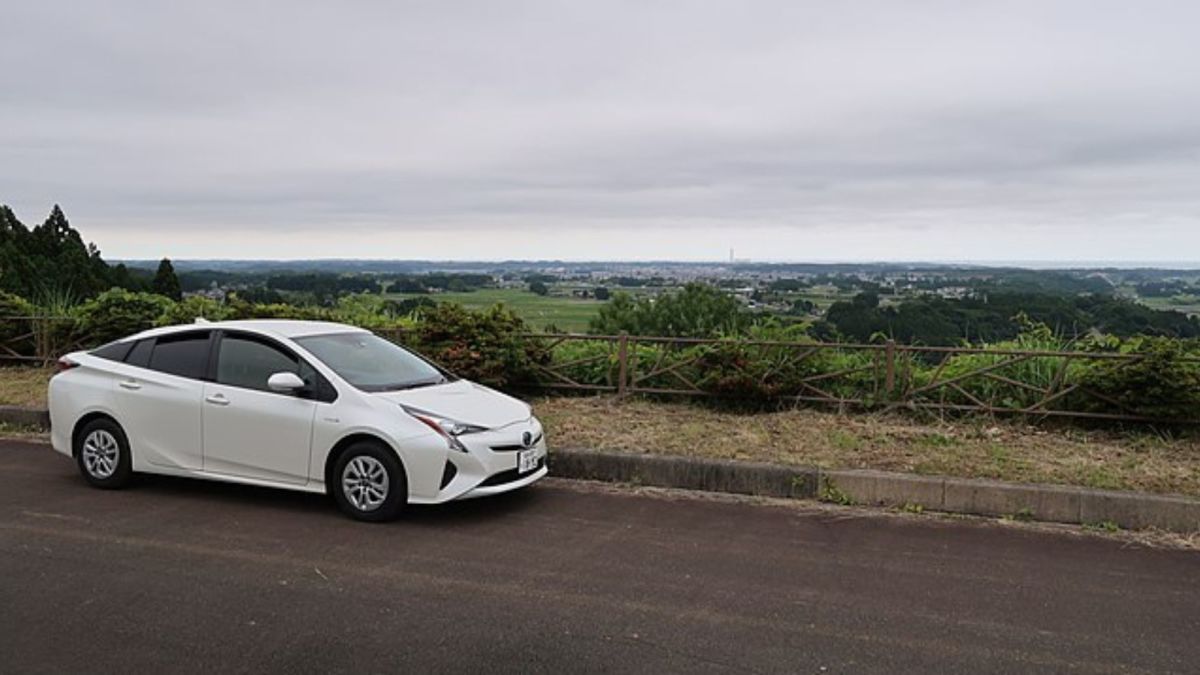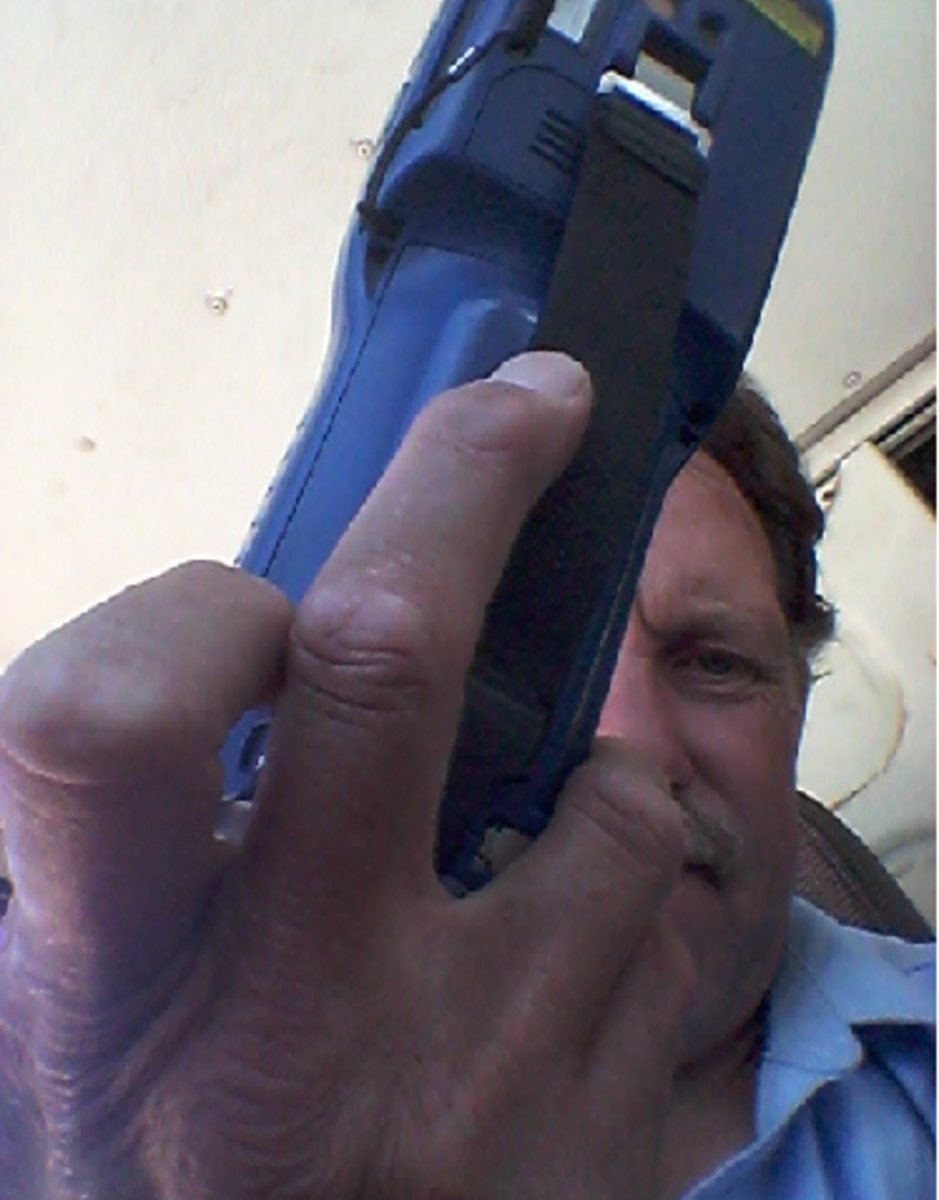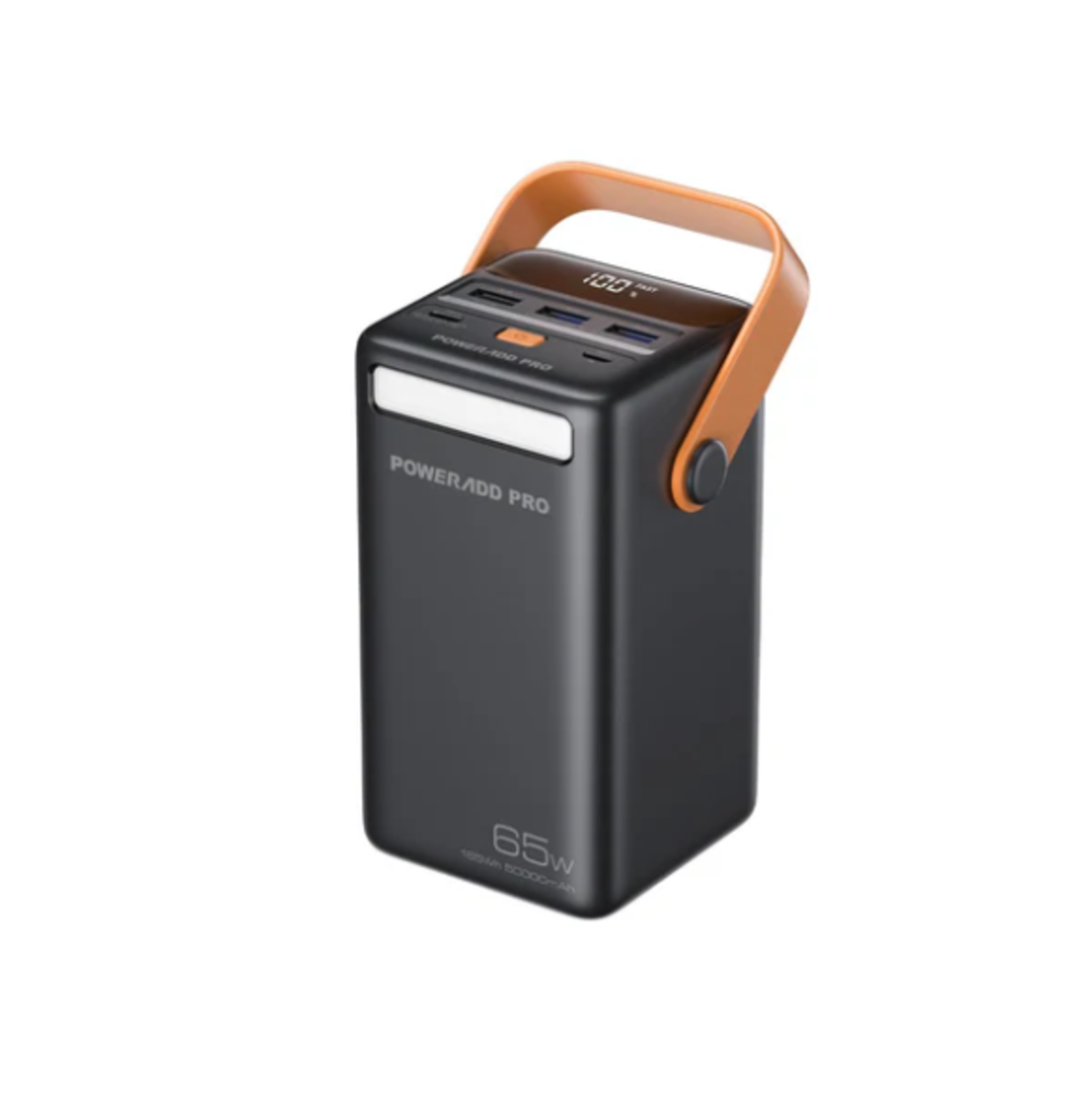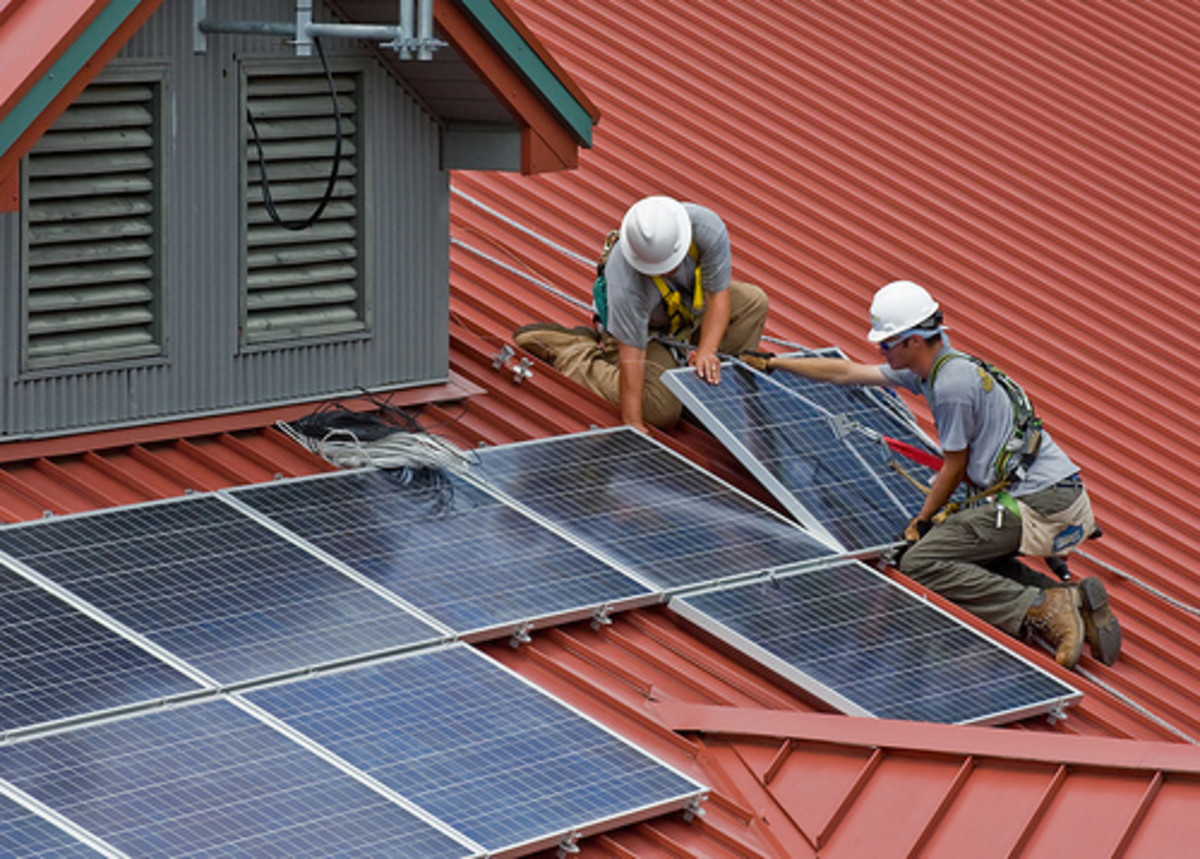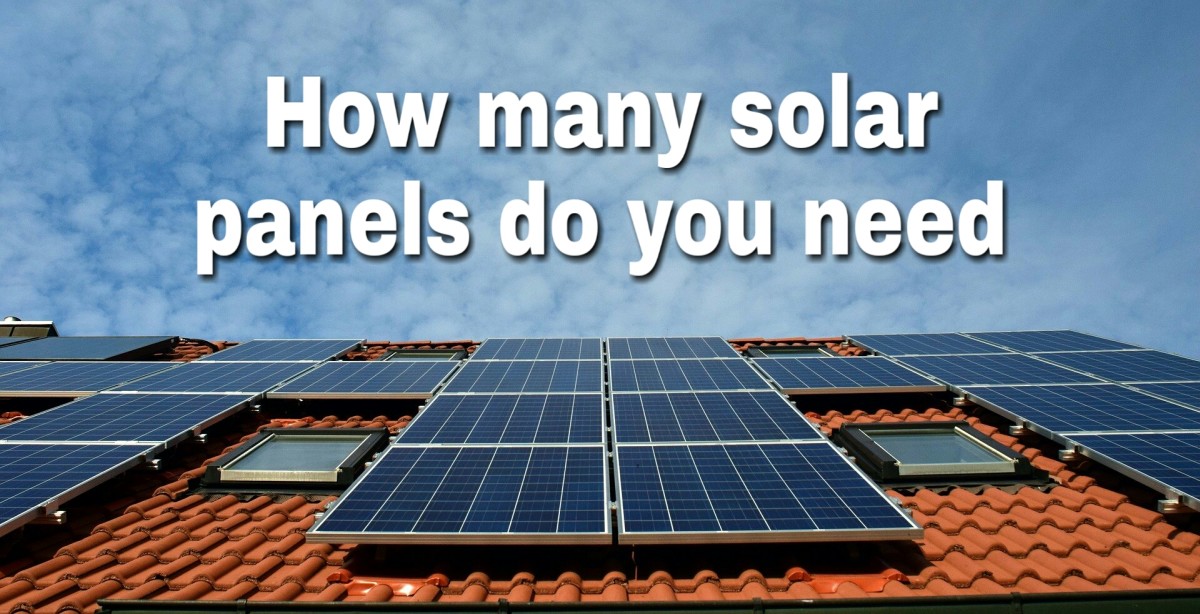Which Is the Best Type of Deep-Cycle Batteries for Solar Power Systems
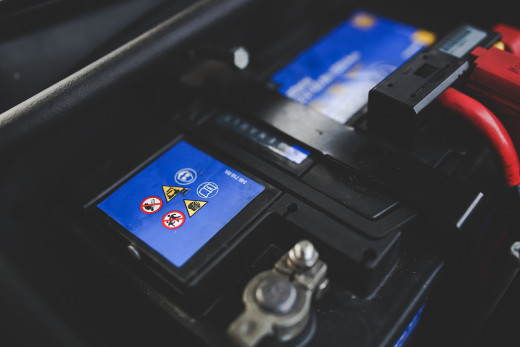
With different models and types of deep-cycle batteries being made and also getting modified from time to time, it can be very difficult to judge which one is the best for different applications. One type of battery can perform awesomely for powering a cellphone network tower but that same type of battery can suck at powering all the appliances in an RV.
So even when there are several types of batteries that fall under the term "deep-cycle", there's still a need to investigate which type is best for a particular application. In this article, the application of interest is making a power bank for a home solar system. So first we'll get into the factors that affect the performance of a deep-cycle battery and relate those factors to the characteristics of a home solar power system.
You'll also learn the range of choices of the deep-cycle batteries you can choose from. Then lastly we'll identify which is the best type of them all.
Factors that affect the performance of deep-cycle batteries
Battery performance is affected by more factors than I've outlined here. But these factors are the most relevant to solar power systems and they'll help you predict the behavior of the power bank in your solar electric system. Here's a list of the factors.
- Temperature
- Number of discharging-and-charging cycles
- Depth of discharge
- Current of discharge
Here's also an elaboration of how each factor affects the performance.
Temperature
All batteries work by means of electrochemical reactions. They change electrical energy into chemical energy when you charge them and then, they change that chemical energy into electrical energy when you discharge them. So these electrochemical reactions are slowed down by low temperatures. And as you might have assumed, the reactions are also speeded up by high temperatures.
Therefore deep-cycle batteries generally give a peak current output that is lower than expected in cold environments. This is the reason why it is wiser not to put your stack of batteries directly on the ground. The floor can get really cold in winter. Make a lifted wooden frame on which you can mount all your batteries. Wood is a bad thermal conductor so it won't cool your batteries when winter comes.
Number of discharge-charge cycles
A cycle is defined as the time a battery starts discharging to the time is gets charged up again. Generally, the performance of most deep-cycle batteries starts to deteriorate after 300 cycles. This is he fate of everything under the sun anyway, things get less efficient with age. Other types of batteries can go upto 500 cycles without deterioration in performance if they're properly maintained.
Depth of discharge
This refers to the maximum amount of electrical power that is drawn out of a battery before it gets charged up again. The depth of discharge affects the number of cycles the battery can withstand without deterioration in performance.
Batteries that get recharged after discharging 50% of their stored energy perform at their best than batteries that get recharged after discharging 80% of their stored energy. If the controller you use in your solar power system has the settings for discharge depth, set a depth of discharge that is as low as the system will still strive.
Current of discharge
The current of discharge affects the performance of a battery if it is too high that what the battery manufacturer prescribed. Only starter batteries designed for vehicles can output lots of current without significant deterioration in performance.
But deep-cycle batteries can undergo permanent change in output current if they're persistently used to power high current appliances. They'll continue to give high current output and as a result the time for each cycle becomes less and less. They start to discharge very fast even when powering small loads. Result is a power bank that discharges faster than it recharges.
Be careful about this one, if you're to power high current appliances it is better to have your batteries connected in parallel so that the total current drawn can be less than the current drawn from each battery. Usually, high current appliances are those with electric motors that need speed to do their work (example are grinders, sewing machines etc)
The main types of deep-cycle batteries
There are only three big daddies in the deep-cycle battery world. We'll get into each one investigating the advantages and disadvantages of each. Here's the list of these three.
- Lead-acid batteries
- Lithium-ion batteries
- Nickel-iron (Edison) batteries
Lead-acid batteries
These are the most commonly used batteries in general-purpose home solar power systems. This is because they're the most economic of all the deep-cycle batteries available. Their relatively low cost and kind of better performance makes them the first choice for many people.
There are are two kinds of lead-acid batteries which are the flooded lead-acid and the sealed lead-acid. The flooded type is the cheapest but needs to be topped up with distilled water regularly. Now lets have a look at the merits and demerits of these lead-acid batteries.
Advantages of lead-acid
| Disadvantages of lead-acid
|
|---|---|
Relatively low cost per watt-hour
| Poor weight-to-energy ratio
|
Good performance at both high and low temperatures
| Flooded lead-acid need regular topping with distilled water.
|
No battery management system required
| Have to be charged to be stored to prevent sulphation
|
Flooded type need special handling, they shouldn't be tilted amd have to be transported with caution to avoid spillage
| |
The electrolyte is harmful and is a health hazard
|
Lithium-ion batteries
These are the all-time best performance batteries in the industry. The only reason why people don't rush to them is the price. They're significantly more expensive. But I tell you, the price is worth it. It is because of their best performance that they are also used in other electronic products like smartphones and laptops.
They're the most tolerant to abuse and can discharge over 80% of their stored energy without losing their mojo. Moreover, they can last for 5-10 years depending on the type and how they're handled. Lets get into the advantages and disadvantages.
Advantages of lithium-ion batteries
| Disadvantages of lithium-ion batteries
|
|---|---|
Relatively shorter charge times
| Deteriorate in quality if stored at high voltage
|
Long cycle life
| They don't work well at high temperatures
|
High weight-to-energy ratio
| They don't charge fast at very low temperatures
|
Low internal resistance
| |
No maintenance issues
| |
Good coulombic efficiency
|
Nickel-iron batteries
They're also named Edison batteries. They're not as popular as the two above and their performance isn't that impressive. They're only favoured for not being as hazardous as other batteries since they use a potassium electrolyte and are immune to overcharging and over-discharging.
Advantages
| Disadvantages
|
|---|---|
Immune to overcharging and over-discharging
| High rate of self-discharging
|
Not as hazardous as other battery types
| Low weight-to-energy ratio
|
More robust and durable
| More expensive than lead-acid batteries
|
Low efficiency
| |
Better used for shallow discharges, not deep discharges
|
Which is the best deep-cycle battery
According to the above review of how the performance of a battery is affected and the types of batteries that are available, it is reasonable to say that the best battery is the lithium-ion battery. And also considering the general behavior of a home solar power system. The demand for electricity can be very inconsistent and over-discharging can happen irregularly.
The only power bank that can cope with such behavior is made of lithium-ion batteries. They are the only type that can pardon and tolerate inconsistent demand without losing their mojo. Plus, they're maintenance-free and they can last for over five years. That means a peace of mind once they're installed and no risk of getting in contact with hazardous battery liquids/pastes.
But I know not everyone has lots of money to invest in their solar power system. I will not lie to you, lithium-ion batteries are expensive. The next option that is not so pricey are the lead-acid batteries but they have their inconveniences which I highlighted in their review above.
Conclusion
I hope I've done justice here and didn't sound too biased. Lithium-ion batteries are the best for a solar electric system. Lead-acid batteries can aslo do the job but not as smoothly and longer as lithium-ion.



